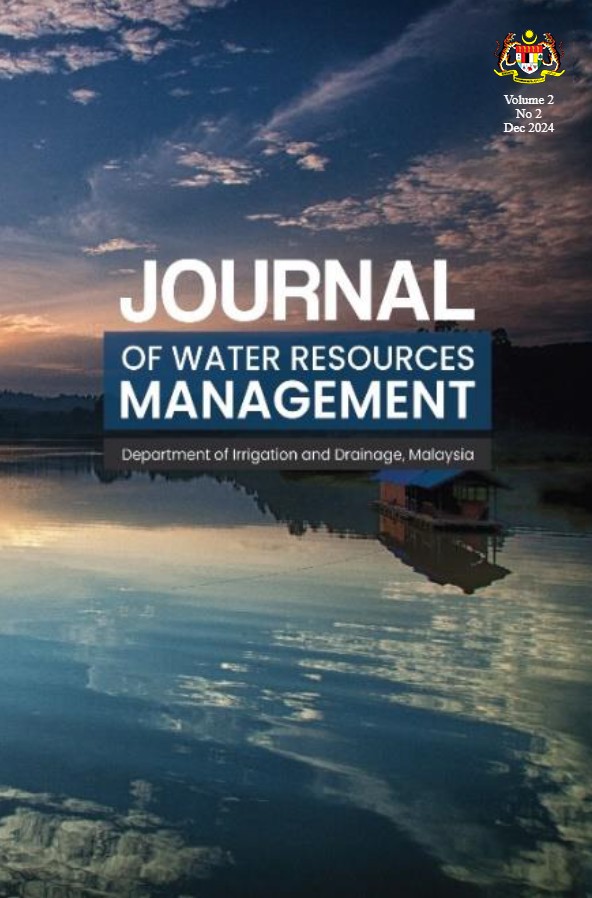Path and Measurement Modeling of Partial Least Squares - Structural Equation Modeling (PLS-SEM): Damages and Losses on Critical Infrastructure From Flooding in Kajang
Published 13-01-2025
Keywords
- Flooding,
- Critical Infrastructure,
- Damages and Losses,
- Flood Resilience,
- Kajang
How to Cite
Copyright (c) 2024 Journal of Water Resources Management

This work is licensed under a Creative Commons Attribution-NonCommercial-ShareAlike 4.0 International License.
Abstract
The recurring floods in Kajang, a sub-district of Hulu Langat, Selangor, have significantly affected its critical infrastructure. This study aims to identify the factors and challenges involved, and establishing comprehensive strategies to mitigate the damages and losses experienced by Kajang’s critical infrastructure. Using purposive sampling and the G*power Calculator, a recommended sample size of 43 respondents was determined. Out of these, 36 completed questionnaire surveys were returned, yielding an 84% response rate. Most respondents were professionals aged 26-35, with over 16 years of residency in Kajang. The data collected were analyzed using Partial Least Squares Structural Equation Modelling (PLS-SEM), which included Reflective and Formative Path Modeling Analysis, as well as Reflective (Convergent and Discriminant Validity) and Formative Measurement Model Analysis. The results indicated that infrastructure vulnerability is a significant factor contributing to damage and losses. Furthermore, the absence of comprehensive risk assessment and management was identified as a major challenge. Integrating land use planning emerged as a highly effective strategy for enhancing flood resilience in Kajang’s critical infrastructure. The findings of this paper are expected to provide valuable insights for policymakers and relevant stakeholders, particularly in evaluating the viability and risk of infrastructure in various localities.

